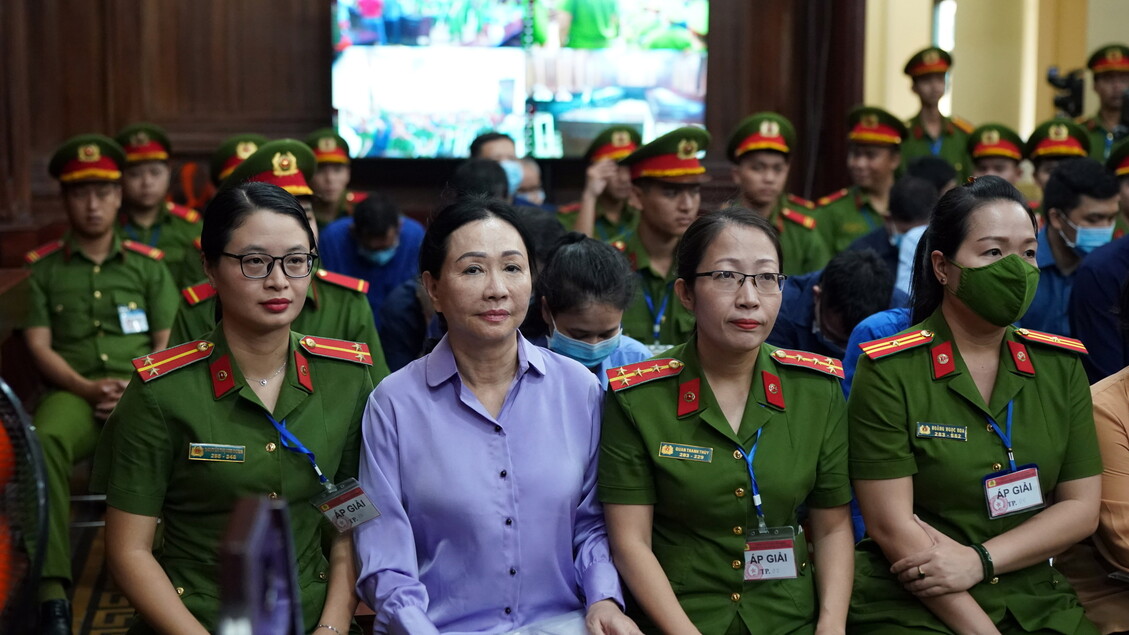‘Apartheid SA killed United Nations Secretary-General’
The “hit squad” that allegedly bombed Hammarskjöld’s plane was linked to the South African Institute for Maritime Research (SAIMR) during the apartheid years.
This is the same organisation that had close ties with jailed Polish assassin Janusz Walus four years before he killed Chris Hani, who was the leader of the South African Communist Party.
British historical researcher Dr Susan Williams stumbled upon this evidence by chance in the archives of the National Intelligence Agency.
Williams gained access to the documents via the Truth and Reconciliation Commission.
Leafing through the classified files, Williams came across 12 pages of correspondence marked “Top Secret”, which referred to “a bizarre but apparently successful plot to blow up the plane”.
Investigations into the causes of Hammarskjöld’s plane crash in 1961 near the Zambian town of Ndola were inconclusive, but suspicions that he may have been assassinated have lingered on over the years.
The plot to kill Hammarskjöld, code-named “Operation Celeste”, did not go exactly according to plan – the bomb was supposed to be activated prior to landing.
These details are contained in a new book by Williams titled Who Killed Hammarskjöld?
In the book, Williams said: “The documents were headed with the Johannesburg address of an organisation called the South African Institute for Maritime Research (SAIMR).
“Most were headed ‘Top Secret’ and ‘Your Eyes Only’.”
She said the group of men referred to in the documents as “Commodore”, “Captain” and also someone called “Congo Red” – an agent on the ground in the Congo – all belonged to SAIMR’s Delta Operations.
Williams writes that in this set of documents, Allen Dulles, the director of the CIA, had promised full co-operation with Operation Celeste – which had also been agreed with MI5 and the Special Ops Executive.
The documents indicated that the reason for Hammarskjöld’s removal was that he was “becoming troublesome”.
At the time, the Cold War between the Soviet Union and the US was at its zenith and developing countries were faced with two choices: either adopt communism or capitalism.
The fierce battle for loyalty often resulted in extra-judicial murders.
The orders for Hammarskjöld’s assassination were:
l Please see that Leo airport as well as Elizabethville is covered by your people.
l I want his removal be handled more efficiently than was Patrice (Lumumba).
l If time permits, send me a brief plan of action; otherwise proceed with all speed in absolute secrecy.
The password was “How is Celeste these days?”, to be followed by the reply: “She’s recovering nicely apart from the cough.” The operation involved the placing of a bomb, made of three kilogrammes of TNT on Hammarskjöld’s plane from Leopoldville to Ndola.
It was to be placed beneath the undercarriage, so that it would detonate soon after take-off when the wheels were retracted.
A major mining conglomerate was referred to as the source of both the TNT and the technical equipment.
“When the bomb apparently failed to explode on take-off, ‘Eagle’ was despatched – presumably in an aircraft to shoot at the Albertina – activating the device prior to landing,” wrote Williams.
She also refers to a meeting with an unnamed source, who had close links with SAIMR, telling her that Hammarskjöld was very close to the Prime Minister of the Congo, Patrice Lumumba, who was regarded by the West as a threat to stability in the region and for mining concerns in particular.
“Lumumba was a Communist and Hammarskjöld a softy,” the source told Williams.
Lumumba was a Congolese Independence leader and the first legally-elected Prime Minister of the Republic of the Congo.
Twelve weeks after Independence, he was deposed in a coup, subsequently imprisoned and later executed on 17 January 1961 by a firing squad of Belgian soldiers.
Lumumba was also the main opponent of Katangan president Moise Tshombe, who enjoyed the support of the Verwoerd government and relied heavily on South African mercenaries under the command of Mike Hoare in his breakaway Katanga province.
SAIMR documents indicated that this shadowy organisation may have been involved in Lumumba’s demise.
Keith Maxwell, who headed SAIMR during the apartheid days in South Africa, was a member of Hoare’s “Wild Geese” in Katanga.
Williams also mentions in her book that the SAIMR documents she saw while they were in the possession of the TRC in Cape Town have subsequently disappeared.
All subsequent efforts to locate the documents for further scrutiny have been in vain. – The Southern Times/The New Age.







Comments